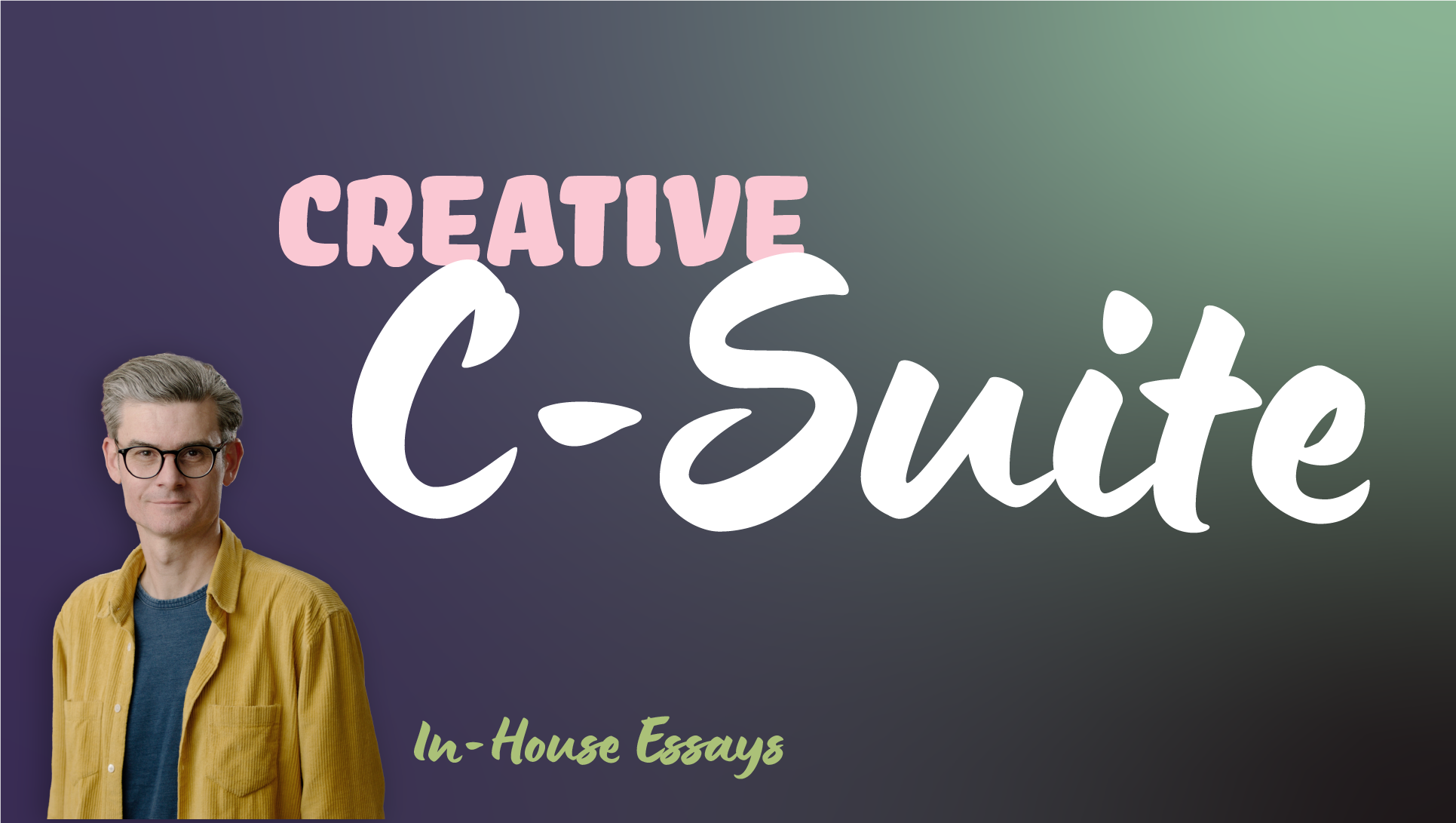
Who's responsible for the brand in a start-up? Everyone, of course.
Is it important that everyone in a start-up contribute to creating and communicating the brand? The answer is fundamentally, yes. And this is why.

Creative Ops Podcast with Nish Patel
What if creativity wasn’t just something a few people do—but the way your entire company thinks, decides, and works? In this episode, Ivan Pols argues that the most effective organizations don’t isolate creativity—they operationalize it.

Design Next
Daisy Crowder at Craft Agency interviews me about my experiences in agency and in-house studios. Specifically getting my opinion about generational talent and how we all work together.

Production Unplugged 2025
The work that will be showcased on the Future Focus stand demonstrates a lot of the tools that are really making an impact on how production is done today, combined into new workflows. Like an LLM being used to create a script that is then fed into ElevenLabs, which is then fed into a rendering engine to create a video of clothing. “The use of connected software components to generate video content at scale is quite exciting,” Ivan enthuses. “That kind of workflow – stitching together different bits of tech – is really interesting.

Design Week Interview
The what3words chief creative officer discusses in-house design culture, linking his work to business impact, and why his team has a "no big reveals" rule.

We have a lifetime of ideas
An interview that was written but doesn’t seem to have been published by Forum Media. So here it is, covering ways of working, my agency life, what3words, Truth & Spectacle, and what I think about work and creativity.

Building Brand Into Your Business
When it comes to defining what a brand is, Ivan explained it as ‘a collection of bits of information’–everything people are hearing, seeing and experiencing, most likely things that don’t originate from your organisation, that become your brand. It's alive!
Your brand is also part of your creative culture that helps you innovate and adapt as you through the variety of problem solving exercises that you’re going to have to go through as an early stage business.

The story about our brand name
Where the name for Truth & Spectacle originated back in 2016.

In-house Essays: Up and to the Right
The most important chart in the company shows usage and revenue plotted over time as a line. It's a very simple graph that shows how all the work we do accumulates value, and the CEO needs the line to go up and to the right. The in-house team must contribute to that line moving in the right direction using creativity.

In-house Essays: The Ego Adjustment
When creative professionals change industry environment, we need to adapt how we work, not what we make. When that change doesn’t happen the in-house creative team can be sidelined, or in some cases I know of, retrenched.

In-house Essays: Creativity Will Emerge
By quietly building out a Create Function (which is just like a Finance or Sales Function) by applying good processes and practices, and by inviting everyone in, we seem to have positively influenced the business culture of what3words.

In-house Essays: Watch Your Language
We needed to work in ways that were fit for purpose, not just comfortable or familiar. We took inspiration from our colleagues across what3words and reused language and concepts that were working for them rather than forcing them to adjust to us.

In-House Essays: Creative C-Suite
I felt it was important that a company, or any organisation, should have a Chief Creative Officer who sits next to the Chief Marketing Officer, the Chief Product Officer, or the Chief Technology Officer. If brand experience is valuable to the company, it only makes sense.

Brand Story Coaching
Brand coaches help organisations understand the stories that already exist within, make them visible to everybody, and get alignment and agreement on what their core story is.

How to practise gentle creativity
We assumed that being ‘creative’ was something that teams and organisations wanted to be, but we quickly learned that it wasn’t that straightforward. Here are some thoughts about how people can experience creativity as an inclusive, more gentle force.

Digital Leadership in Uncertain Times
Just as conferences moved online, Alex talked with Glenn Wallis at his Success ID Club. She quickly changed her presentation and discusses how leaders can adapt themselves, and help their teams adjust, to the “new normal”.

Turn strategy into action
There’s a basic truth about new strategies: people require space and permission to understand them and their relevance, while they’re under pressure to maintain the day to day business.
How to ask better questions
Great teams know how to ask the right questions at the right time. So how can we help teams ask better questions?

When company values kill brand value
“Values are key to company culture, but when customers can see through your walls they become your brand, too.” - Josh Levine

BBC Analysis - Maintenance
BBC Radio 4’s Analysis show spends some time looking at Maintenance and interviewed Truth & Spectacle’s, Alex Mecklenburg.

